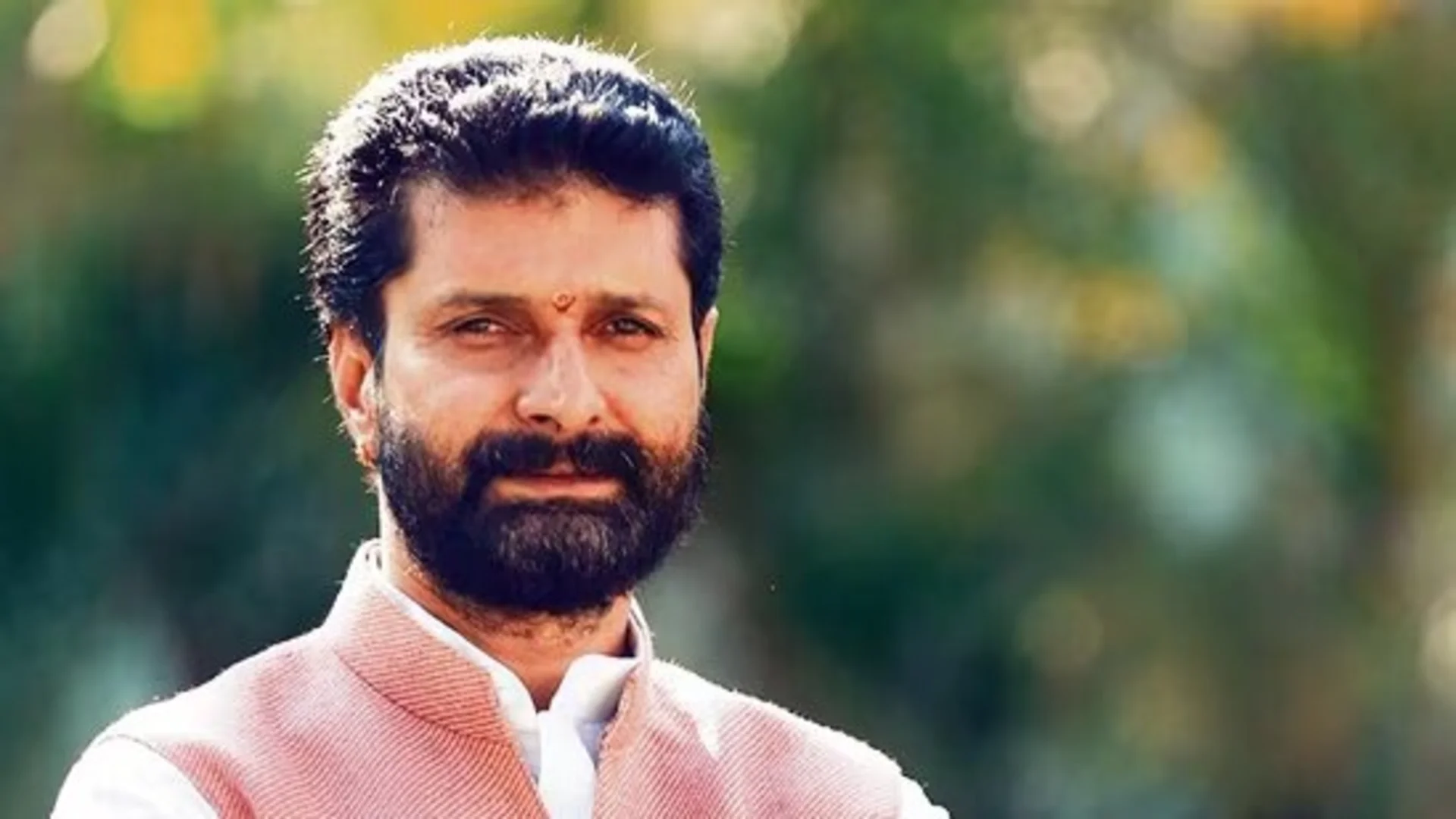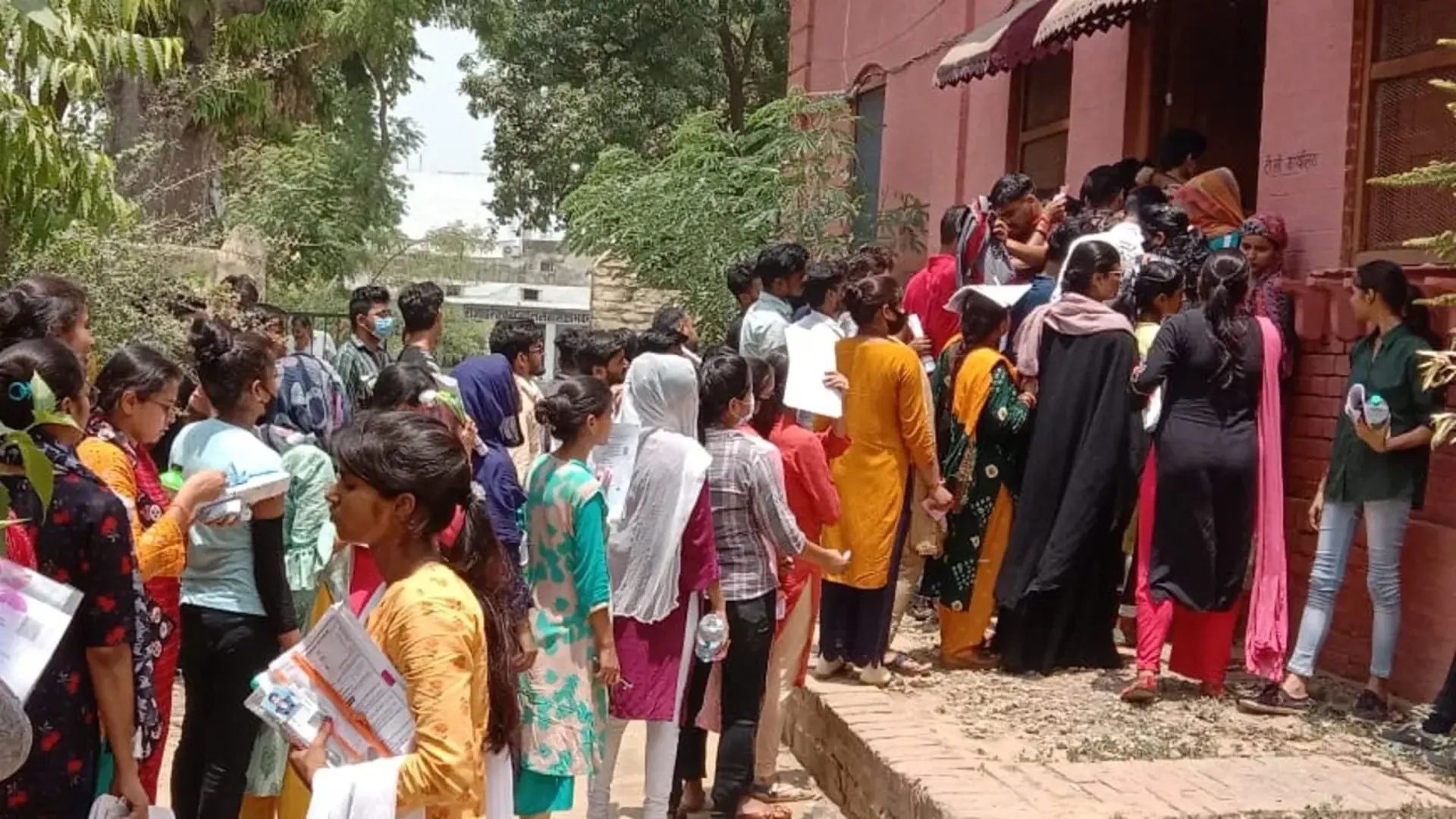As early US election results hint at a potential return of Donald Trump to the White House, India is closely watching what a second Trump presidency could bring for bilateral relations. With Trump’s “America First” policy at the forefront, analysts say the direction of India-US ties could bring a mix of both opportunities and challenges in key areas like trade, immigration, and defense.
Trade Relations and Reciprocal Tariffs
Trade may see significant shifts, as Trump has consistently advocated for reciprocity in international trade. Last month, he criticized India for imposing high tariffs on foreign products, vowing to introduce similar measures on imports to the US. This could have a direct impact on India’s IT, pharmaceutical, and textiles sectors, which rely heavily on the US market. However, Trump’s push to reduce dependence on China could also create opportunities for India as a manufacturing alternative for American companies looking to diversify their supply chains.
Trump’s past friendship with Indian Prime Minister Narendra Modi, displayed during high-profile events like “Howdy, Modi!” and “Namaste Trump,” could be an advantage in navigating trade negotiations. Foreign Minister S. Jaishankar recently commented that India anticipates a more “isolationist” US regardless of the election outcome, suggesting India’s proactive approach to balancing trade opportunities and challenges under either administration.
Impact on Immigration and the Indian Workforce
Under Trump’s first term, immigration policies, particularly around the H-1B visa program, became more restrictive, impacting thousands of Indian professionals in the US. Trump’s stance on limiting work visas could again create obstacles for the Indian talent pool and tech companies that depend on skilled Indian workers. These restrictions may resurface in a second term, potentially affecting sectors that rely on Indian expertise in technology and healthcare.
Jaishankar noted that while Trump’s relationship with India is positive on many fronts, the administration’s immigration policies might necessitate complex negotiations to balance India’s interests with US job market protections.
Defense Cooperation and Counterterrorism
Defense has become a pillar of the India-US partnership, especially through initiatives like the GE-HAL agreement for manufacturing jet engines in India and the iCET collaboration. Trump’s prior approach to military alliances, including skepticism towards NATO, could influence future military pacts. However, experts suggest that India-US defense cooperation is likely to continue as both countries prioritize countering China’s influence in the Indo-Pacific.
During his last term, Trump bolstered the Quad alliance, which includes the US, India, Japan, and Australia, to counterbalance China’s regional power. A renewed Trump administration could further strengthen this alliance through joint military exercises, arms sales, and technology transfers. Additionally, Trump’s “Peace through Strength” doctrine might align with India’s counterterrorism strategy, given India’s interest in a firmer US stance on Pakistan’s involvement in regional terrorism.
Future of Diplomatic Relations
While a second Trump term may focus on “America First,” India’s role as a strategic partner for the US could be a balancing force, helping preserve shared interests in regional security and economic growth. Both countries will be watching closely as the final election results unfold, with Indian policymakers preparing for potential shifts in policy priorities in a Trump 2.0 administration.







